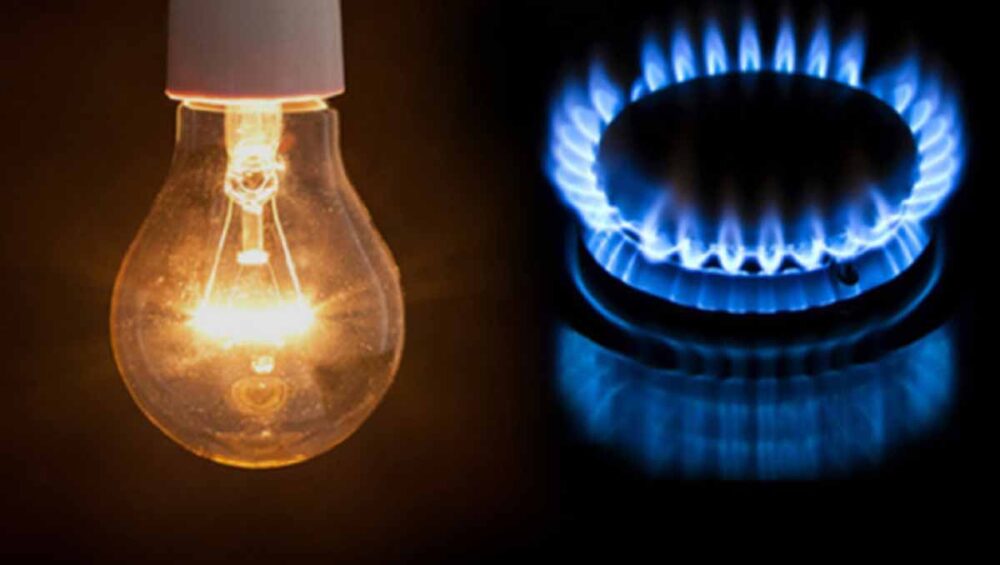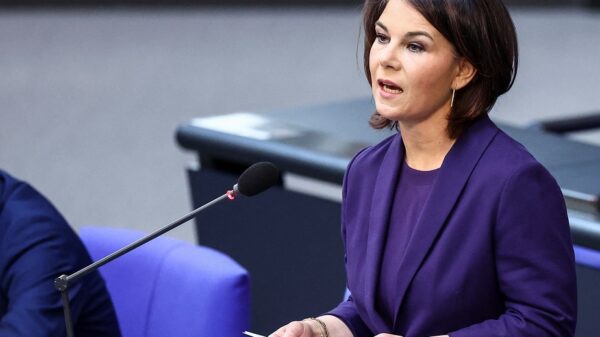ISLAMABAD: The government indicates hiking gas prices to the extent of full cost recovery in a bid to shift consumers dependence on to electricity for heating space and water during winter. The meeting on the natural gas policy and pricing at the ministry of planning appears firmed up regarding the proposed action.
The proposal emerge from the necessity of tackling the Rs577bn circular debt in the energy sector.
The statement released following the meeting read, “To reduce the demand for gas in the domestic sector, prices can be rationalized to bring about parity between gas and electricity prices. This will encourage gas consumers to use electricity for space and water heating during the winter”.
Cost-Reflective Pricing
The policy actors decide to go for fresh LNG supply contracts on a long-term basis. As of the earlier contracts it is expected that Qatar Gas could demand an increase in LNG prices or simply walk away from its contract in 2026.
The meeting also discussed that the cost-reflective pricing of the gas sector will be a key decision to develop a sustainable natural gas supply chain in the country.
It added that a proposed mechanism for the demand-side management of gas was discussed, including the replacement of natural gas in the domestic sector with electricity.
The meeting asked the integrated energy planning (IEP) department of the Planning Commission to develop a pricing mechanism keeping in view the consumer prices which were supposed to be reviewed twice a year. Failure to do so had led to the accumulation of a tariff differential of Rs577bn up to June 2022.
The meeting noted that the existing long-term contracts with Qatar Gas include a clause for contract revision in 2026. A revision of the price cap was among the provisions and the supplier could demand an increase in the LNG delivered cost or just walk away from the contract.
Meeting Representatives
The meeting was attended by all the who’s who of the energy sector, including former premier Shahid Khaqan Abbasi, who heads the Energy Task Force, Planning Minister Ahsan Iqbal and Power Minister Khurram Dastgir Khan.
Khurram Dastagir Khan advocated that increased utilization of natural gas in the power sector could drastically reduce the electricity tariff.
Representatives of different energy sector organisations like the Oil and Gas Regulatory Authority (Ogra), Pakistan LNG Limited (PLL), Interstate Gas System (ISGS), Oil and Gas Development Company, Central Power Purchasing Agency, Sui Northern Gas Pipelines (SNGPL) and Sui Southern Gas Company (SSGC).
The participants were of the view that the existing distortion in natural gas tariff could be eliminated and the tariff could be rationalized, besides abolishing the cross-subsidy mechanism and replacing it with a budgeted subsidy to protect the low-end or lifeline gas consumer.
Conserving Gas
Switchover to electrical appliances for heating can save an estimated 74,736 million cubic feet of gas, the meeting was told.
As a result, 6,778 gigawatt hours (GWh) of least-cost electric power can be generated from gas.
Therefore, Pakistan should expedite the process of entering into fresh long-term LNG import contracts.
The meeting discussed measures to improve the LNG import infrastructure, including expansion in terminal and regasification capacity, the possibility of imported gas storage in exhausted gas wellheads and the development of a north-south pipeline.
The stakeholders suggested that at present, the development of gas storage infrastructure was not financially viable for the country. Instead, the option of trading LNG at the lowest spot market rates could be considered.
It was then suggested that instead of opting for an expensive sub-surface (depleted reservoirs) storage option, storage over the surface (salt caverns) could be examined as it has a lower cost.
Therefore, a feasibility study could be conducted to identify the cost and areas for such storage.
About Exploration and Production
On exploration and production (E&P) activities, it was suggested that incentives like wellhead prices comparable to neighbouring countries could be offered.
The Turkmenistan-Afgha-nistan-Pakistan-India (Tapi) pipeline and the Iran-Pakistan Gas Pipeline should also be pursued.










